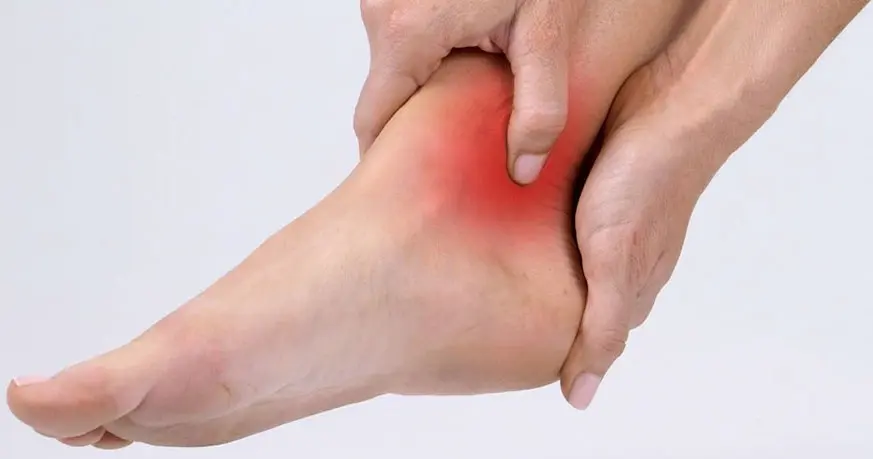Sports Injuries and Management
Kicking Posterior Ankle Impingement Goodbye
Treatment Of Posterior Ankle Impingement
Posterior Ankle Impingement complaints are relatively common in athletes who participate in football codes that involve a lot of kicking motions such as soccer and AFL. They are also common in jumping sports such as basketball, gymnastics and dance. Symptoms of os trigonum injuries typically involve pain in the deep posterior aspect of the ankle felt when the athlete places their foot in extreme plantarflexion (toe pointing position) such as kicking a ball or when dancers going on pointe. These impingement injuries can be debilitating to the athlete and cause significant impact regarding involvement in and enjoyment of their chosen activities.
Generally, posterior ankle impingement symptoms will improve through simply resting from the aggravating activities or some activity modification to reduce stress to the area during chosen sports. In the majority of circumstances conservative treatment such as rest or activity modification as mentioned above coupled with physiotherapy is the recommended starting point for treatment. Failure to progress satisfactorily and return to normal activity, likewise continued reoccurrence of injury may lead to other considerations in the management of posterior ankle impingement conditions such as os trigonum syndrome. Taking a minimally invasive option such as a cortisone injection or the more invasive surgical excision (the removal of the os trigonum) is reserved for individuals who don’t respond to the conservative approaches, although ideally this is rarely required.
Conservative Physio Management
The physiotherapy approach when addressing posterior ankle impingement pain and functional limitation may vary from one individual to the next.
- Physiotherapy treatment for posterior ankle impingement may include a period of immobilisation via the use of ankle brace or CAM boot in an attempt to prevent further impingement, basically encouraging an enforced period of rest.
- Any period of immobilisation, rest or relative rest may often be accompanied with the prescription of non-steroidal anti-inflammatory (NSAID) medication either oral or via a topical cream.
- Following any of the above and sometimes used as a first line approach, a physiotherapy program targeting strengthening, proprioceptive exercises and range of motion exercises will be employed which can take many forms.
- This active therapy approach may be coupled with in clinic manual therapy techniques to help restore normal pain free tissue and joint motion.
- Electrotherapy devices like shockwave therapy is sometimes used in an attempt to stimulate a healing response and/or desensitisation of the impingement pain.
Disclaimer: Sydney Physio Clinic does not endorse any treatments, procedures, products mentioned. This information is provided as an educational service and is not intended to serve as medical advice. Anyone seeking specific advice or assistance regarding Kicking Posterior Ankle Impingement Goodbye should consult his or her general practitioner, sports medicine doctor or physiotherapist.


